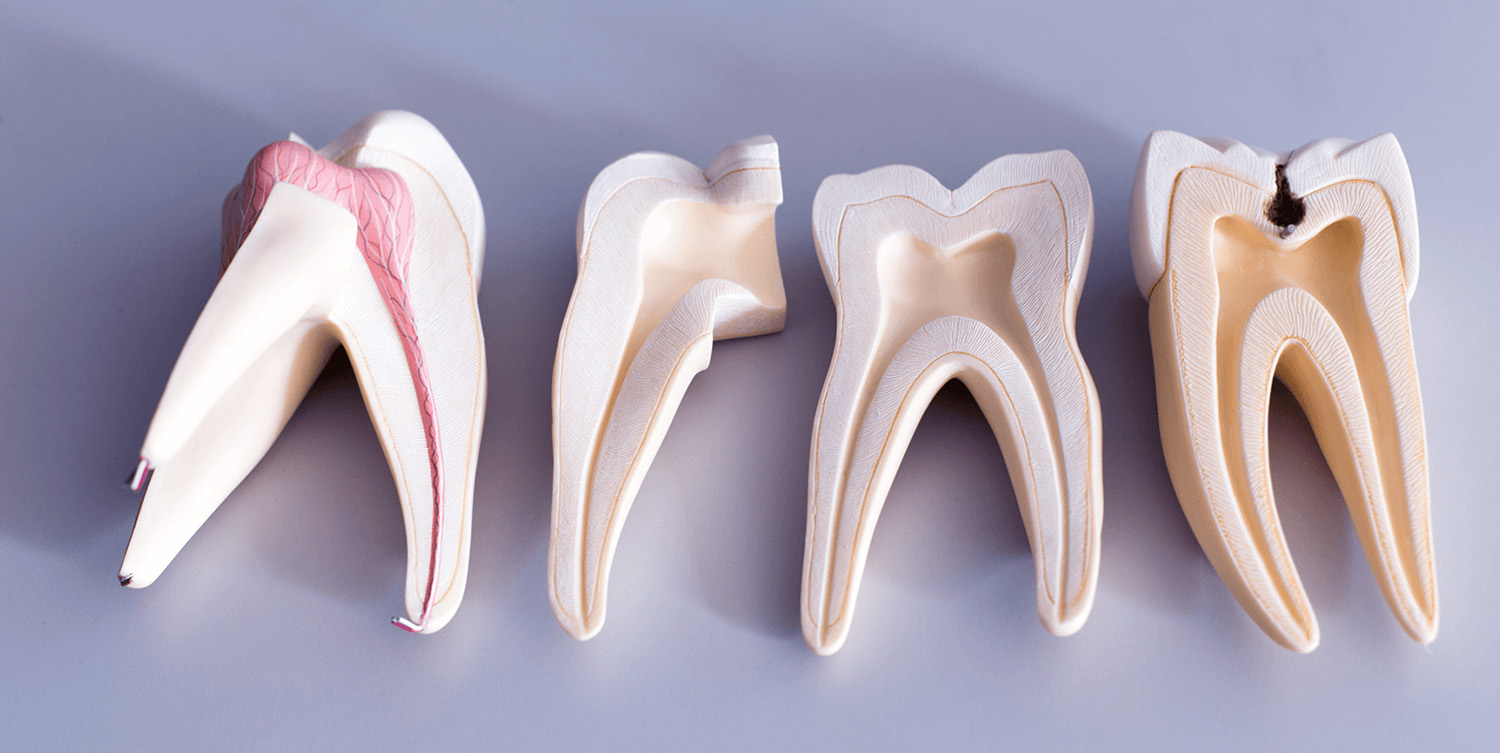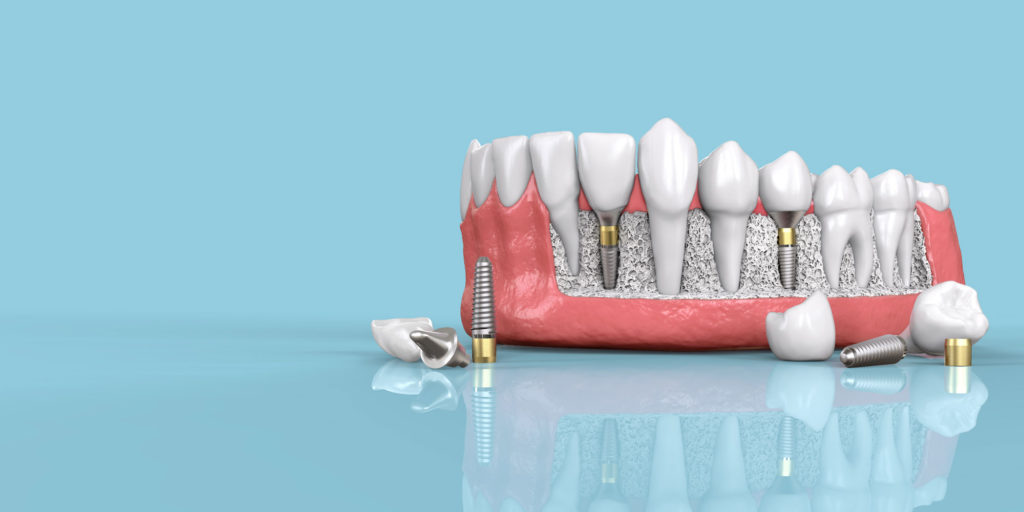Everything to Know about Root Canal Therapy
The teeth’ core consists of dentin pulp with nerves, blood vessels, and connective tissues. Untreated decays may reach into this soft care and lead to infection.
In
most cases, dentists recommend a specialist consultation with endodontists to
perform a root canal. This treatment
involves cleaning decayed dentin parts and seal a tooth for improved strength
and functioning.
Symptoms
to note
Dentists
can examine the symptoms of decays during routine checkups. If any signs are
identified, they provide proactive intervention to ensure a better
outcome.
·
Persistent pain
A
common symptom of deep decay is persistent tooth pain. Even though there are
several other causes of discomfort, it is essential to check with dentists for
early diagnosis.
·
Sensitivity
People
may feel a dull ache or sharp pain when they eat warm or cold food. It may be
an indication of exposed blood vessels and nerves.
·
Discoloration
Untreated
infections breakdowns internal tissues can cause a tooth to discolor.
·
Swollen gums
Swelling
is caused by acidic wastes of dead tissues. Individuals also experience gum
boils, parulis, and abscesses.
Steps
involved
When
patients arrive for a root canal, dentists will administer numbing medications
to eliminate any discomfort or pain.
Then,
endodontists make a small opening to remove infected and damaged pulp tissues.
They use special tools to clean out all the pathways.
Once
thoroughly removed, specialists apply a topical antibiotic to prevent
reinfection. Then, a sealing paste is applied to seal the operated tooth.
Patients
can also get a temporary filling to eliminate any damages until they get
permanent restorations.
Follow-up
care
After
a root canal, individuals will feel a slight discomfort. Dentists will
administer over-the-counter pain medications to alleviate this soreness for
several days. They could resume normal routines after the procedure, but it is
essential to follow professional guidance.
They must avoid chewing on the operated side until they get a restorative crown or bridge. This treatment offers an aesthetically pleasing appearance for a natural-looking smile. Lastly, people should regularly visit dentists for follow-up care. These sessions are essential to maintain results for a long-time.




Comments
Post a Comment